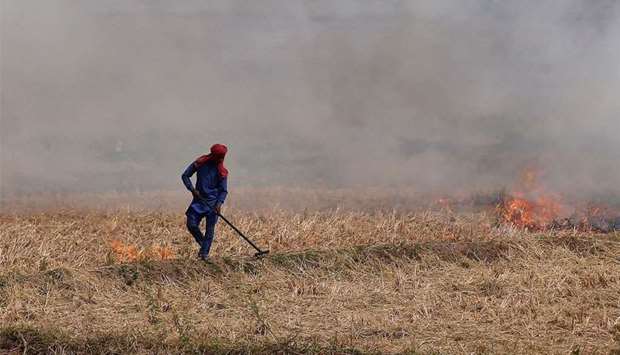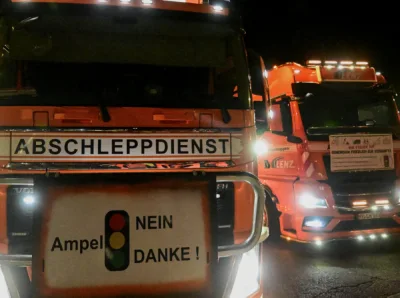The Indian capital was Wednesday shrouded in a grey haze as air quality plunged with increasing burning of crop stubble by farmers in neighbouring regions.
The air quality in parts of Delhi have touched the levels of 'severe' and 'very poor' since Tuesday, the first time this season.
Government-run monitoring stations showed levels of PM10, or suspended particles smaller than 10 micrometres, more than 10 times over the World Health Organization's safe limit.
Delhi, a city with a population of 25 million, has been ranked among the most polluted cities in the world in recent years.
The pollution usually peaks in October-November, when certain wind patterns and the burning of crop stubble combine with vehicle and industrial emissions and dust from building sites.
The Delhi government's graded emergency action plan came into force Tuesday. Use of diesel generators has been banned and spraying water on roads has started.
Other measures like banning trucks and a two-week scheme to control the number of vehicles on roads will come into effect over the next few weeks.
Crop stubble burning has been banned but farmers continue to follow the practice as it is the cheapest way of clearing their fields.
There was a rise in the concentration of particulate matter over Delhi with the hike in number of farm fires in the past few days, according to the Delhi Pollution Control Committee.



